Aulacopilum-beccarii-MuellHal-Mitt-A-Plant-B-Cross-section-of-stem-C-D-Leaves.ppm from: https://www.researchgate.net/figure/Aulacopilum-beccarii-MuellHal-Mitt-A-Plant-B-Cross-section-of-stem-C-D-Leaves_fig1_268271958
Tetraplodon itatiaiae: The Fascinating Moss of Brazil’s Mountains
Introduction
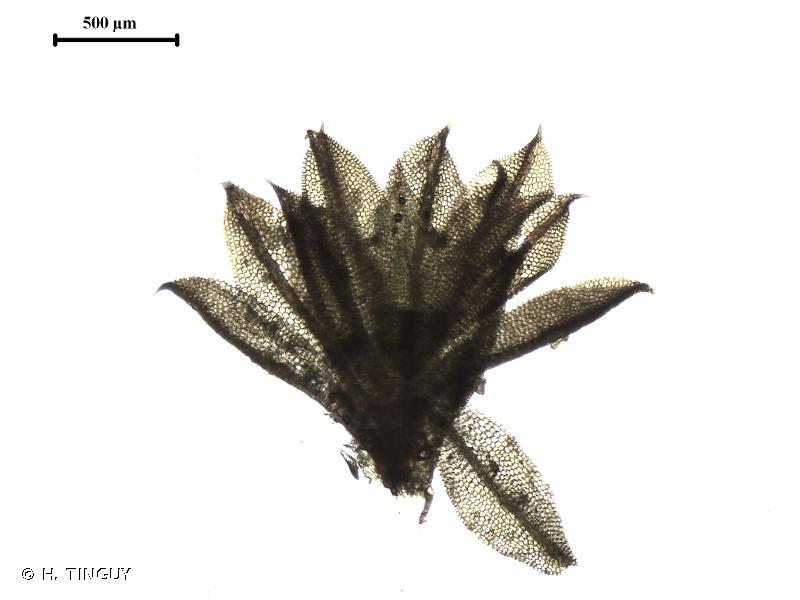
250105.jpg from: https://inpn.mnhn.fr/espece/cd_nom/435838
Deep in the mountains of southeastern Brazil, a tiny but remarkable moss makes its home. Tetraplodon itatiaiae Müll.Hal., a species in the Splachnaceae family, may be small in stature but plays an outsized role in its ecosystem. In this post, we’ll take a closer look at this fascinating bryophyte.
Background on Tetraplodon Mosses
The genus Tetraplodon contains around 8 species of mosses found across the Northern Hemisphere and in some mountainous regions of the Southern Hemisphere. They are known for their distinctive capsules which aid in spore dispersal. Tetraplodon mosses typically grow on decaying organic matter like animal dung or carcasses.
Morphology and Identification
T. itatiaiae forms small tufts or cushions on its substrate. The leaves are ovate-lanceolate in shape and have a strong midrib. But its most identifiable feature is the capsule. Held aloft on a tall seta, the young capsule is cylindrical, becoming more urn-shaped with a flaring mouth as it matures. The peristome teeth are arranged in fours, giving the genus its name (tetra = four, plodon = tooth).
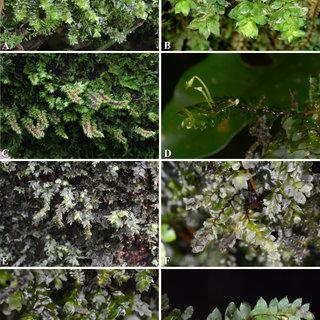
A-D-Calyptrochaeta-remotifolia-MuellHal-ZIwats-BCTan-Touw-A-B-Plants-in_Q320.jpg from: https://www.researchgate.net/figure/Calyptrochaeta-remotifolia-MuellHal-ZIwats-BCTan-Touw-A-B-Sterile_fig1_311527417
Global Distribution and Habitat
This species is endemic to Brazil, found only in the Mantiqueira Mountains in the states of Minas Gerais, Rio de Janeiro, and São Paulo. It grows at

226057.jpg from: https://inpn.mnhn.fr/espece/cd_nom/770935
high elevations, typically above 2,000 meters, in cloud forests and campos de altitude (high-altitude grasslands). The specific epithet “itatiaiae” refers to Itatiaia National Park, one of the locations where it grows.
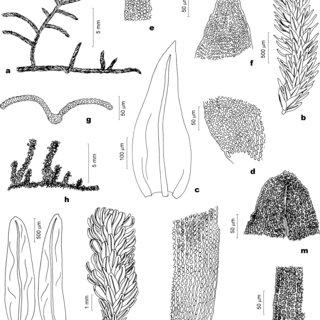
Orthotrichaceae-a-g-Macrocoma-frigida-Muell-Hal-Vitt-a-Aspect-of-the-gametophyte_Q320.jpg from: https://www.researchgate.net/figure/Figura-4-Hypnaceae-e-Meteoriaceae-a-h-Rhacopilopsis-trinitensis-Muell-Hal-E_fig2_250984670
Ecological Roles and Adaptations
Like other Splachnaceae mosses, T. itatiaiae plays an important role in nutrient cycling by breaking down decaying organic matter and animal waste. Its spores are dispersed by flies attracted to the odors produced by the capsules, an adaptation to growing on patchy and ephemeral substrates.
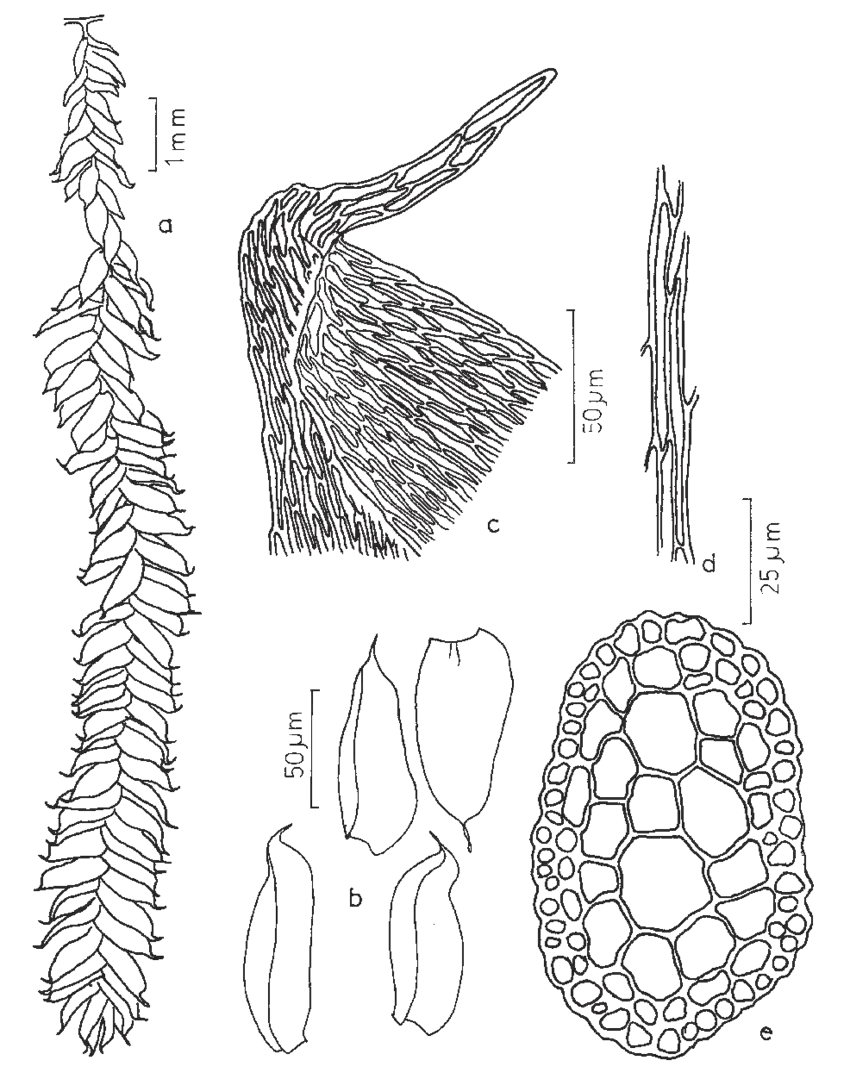
Figura-4-Catagonium-brevicaudatum-Muell-Hal-ex-Broth-a-Aspecto-geral-do-gametofito.png from: https://www.researchgate.net/figure/Figura-4-Catagonium-brevicaudatum-Muell-Hal-ex-Broth-a-Aspecto-geral-do-gametofito_fig2_259822623
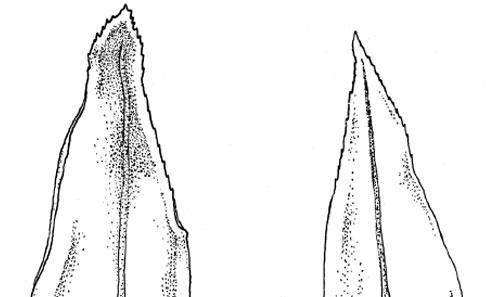
cryptogamie-bryologie2011v32f2a7.jpg from: https://sciencepress.mnhn.fr/en/periodiques/bryologie/32/2/pohlia-oerstediana-mull-hal-j-shaw-bryaceae-bryopsida-addition-moss-flora-asia
| Characteristic | Description |
|---|---|
| Family | Splachnaceae |
| Genus | Tetraplodon |
| Species Epithet | itatiaiae |
| Authority | Müll.Hal. |
| Geographic Distribution | Endemic to SE Brazil |
| Habitat | High-elevation cloud forests and grasslands |
| Substrate | Decaying organic matter |
| Distinctive Features | Urn-shaped capsules with flaring mouth and peristome teeth in fours |
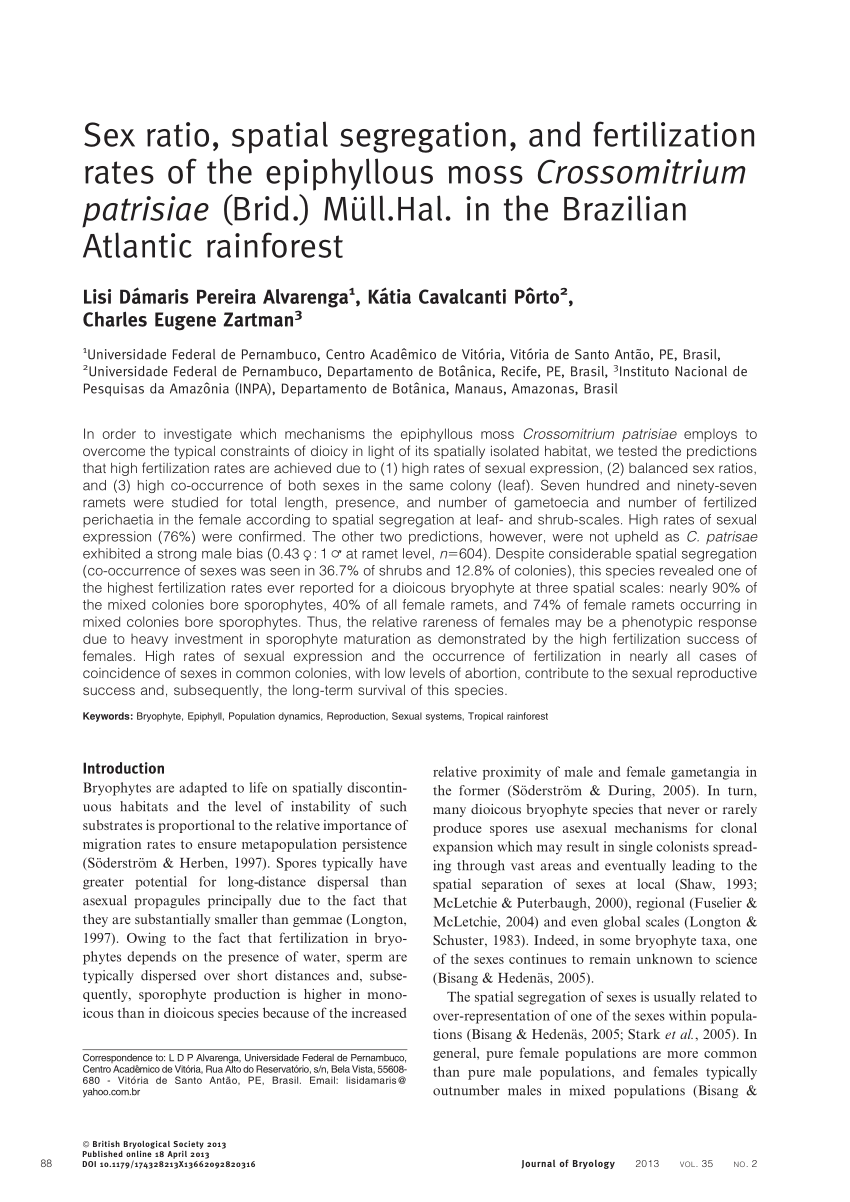
largepreview.png from: https://www.researchgate.net/publication/272251364_Sex_ratio_spatial_segregation_and_fertilization_rates_of_the_epiphyllous_moss_Crossomitrium_patrisiae_Brid_MullHal_in_the_Brazilian_Atlantic_rainforest
Conclusion
Tetraplodon itatiaiae
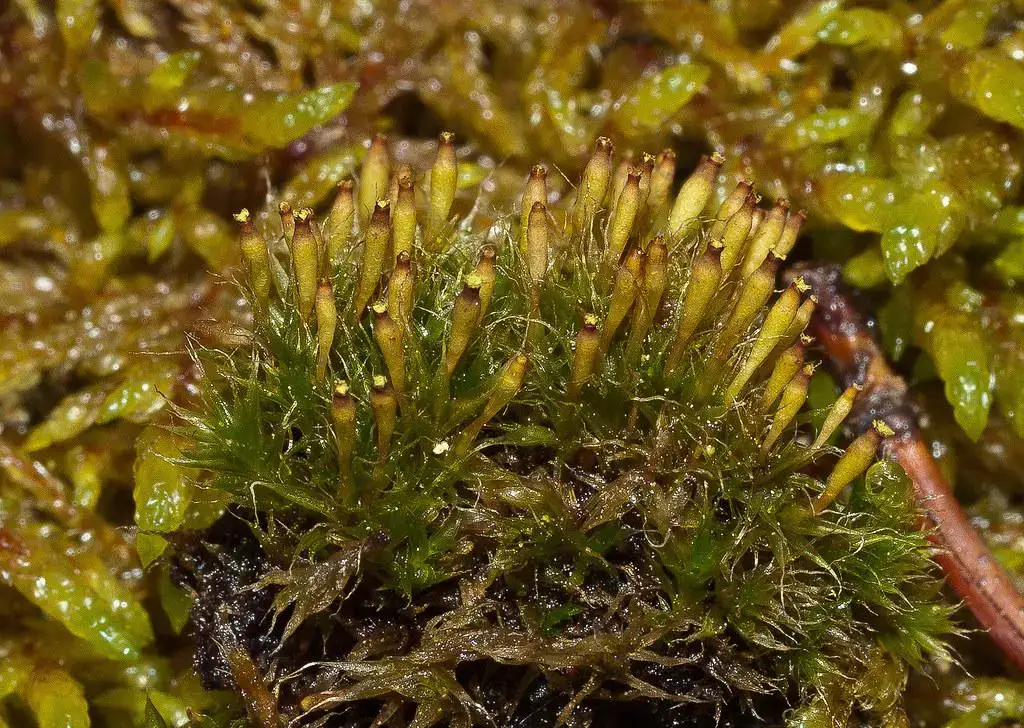
4724790742_71cdc6782a_b.jpg from: https://www.flickr.com/photos/dougcwaylett/4724790742/
may be a small and obscure species, but it exemplifies the incredible diversity and adaptations of mosses. Its restricted range also highlights the importance of preserving the unique ecosystems of Brazil’s mountains. The next time you’re hiking in the high-altitude regions of southeastern Brazil, keep an eye out for this marvelous moss! What other tiny wonders might be waiting to be discovered?
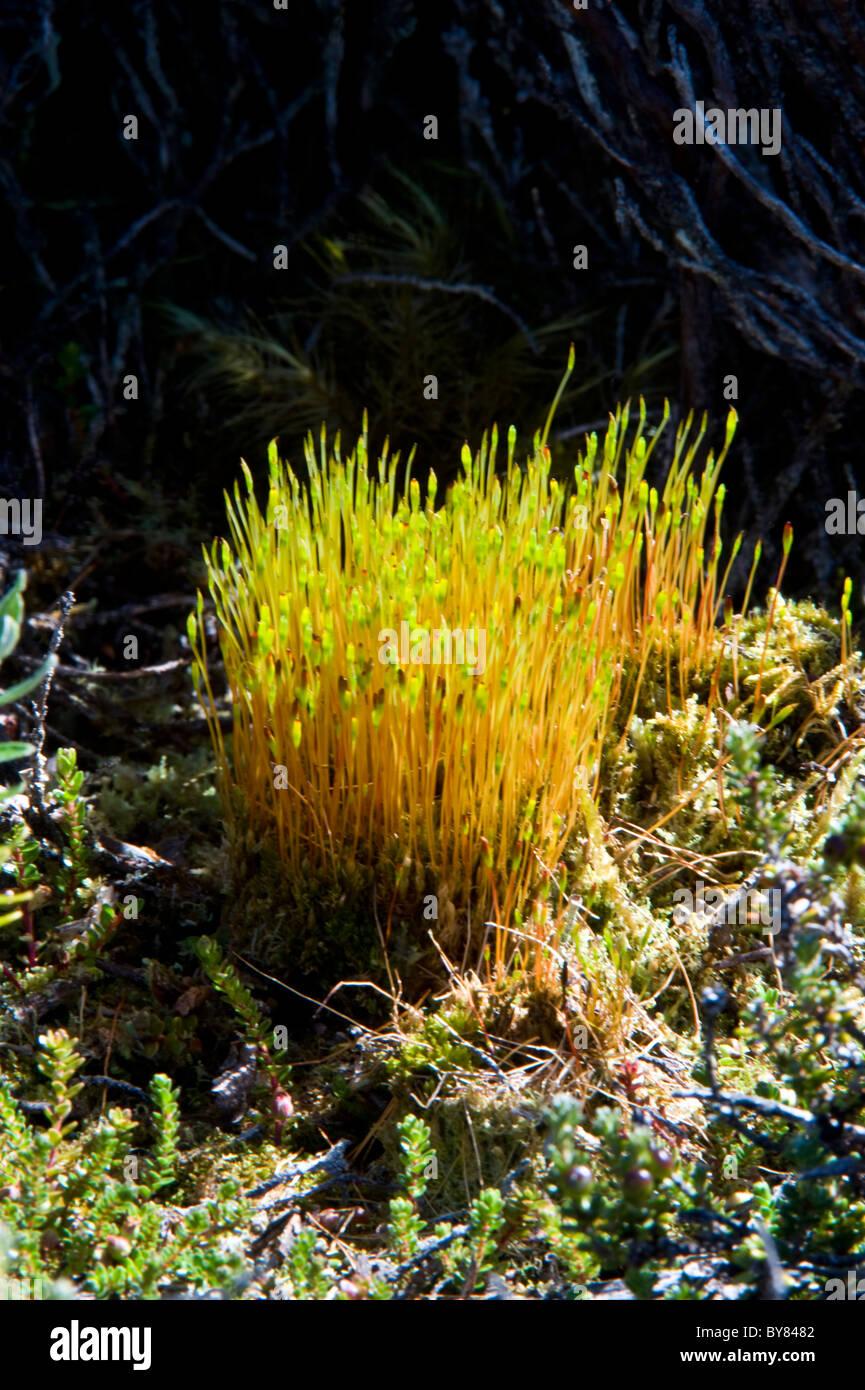
black-fruited-stink-moss-tetraplodon-mnioides-ainsworth-bay-tierra-BY8482.jpg from: https://www.alamy.com/stock-photo-black-fruited-stink-moss-tetraplodon-mnioides-ainsworth-bay-tierra-33985058.html